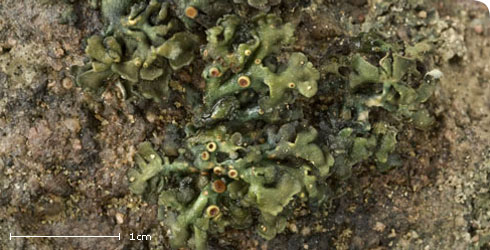Collema dichotomum (river jelly lichen)
Collema dichotomum, the river jelly lichen is rare amphibious fungus growing on siliceous rocks in cool and clean streams.
The dry lichen is very brittle but turns into a jelly like texture when wet.
Collema dichotomum demands on its environment make it an indicator of the ecological health of streams. Many European populations of this lichen have declined and it is confronted with threats from multiple sources.
Species detail
The river jelly lichen produces
- small rosettes up to 2.5cm in diameter
- Thalli are
- greyish dark green to almost brownish when dry
- dark to bright green (sometimes with a brownish tinge) when wet
- more or less dichotomous branching pattern
- convex lobes with the disc-like reddish brown fruiting bodies (apothecia) on the upper surface of the thalllus
-

Taxonomy
Find out about the appearance and structure of the river jelly lichen in comparison with other jelly lichen species. Learn the basionym and synonyms for this species.
-

Distribution and habitat
Discover where the river jelly lichen is found and the types of habitat it typically grows in.
-

Biology
Learn about the need for Collema dichotomum to have a compatible algal partner and find out why poorly developed apothecia, common in the southern range of the species, is raising concern.
-

Conservation
Populations of the river jelly lichen have declined in many parts of its European distribution range. Discover the current and potential threats to the survival of this species and find out what can be done to contirbute to a better understanding of its distribution.
-

References
Get reference material for Collema dichotomum.
Images
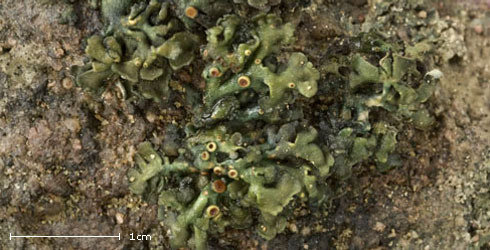
Wet river jelly lichen
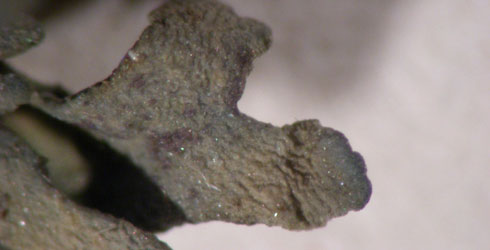
Collema dichotomum - close up of the typical dichotomous branching pattern.
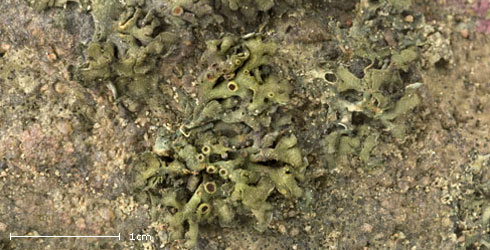
Dry river jelly lichen

Collema dichotomum - section of thallus showing medulla in centre and cyanobacteria layers below the upper and lower surface.
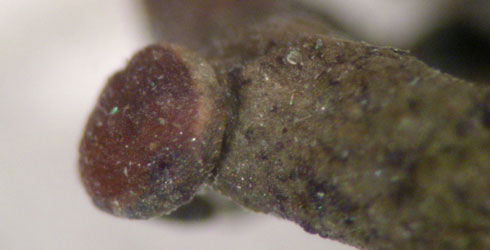
Collema dichotomum - fruiting body close up.

Collemadichotomum - fruiting bodies and typical dichomous branching pattern of thallus.
Basionym
Tremella dichotomum Withering 1776
Synonyms
Collema cataclysum Koerber 1855
Collema fluviatile (Huds.) Steudel 1824
Collemodium cataclystum (Koerb.) Nyl 1879
Enchylium fluviatile (Huds.)
Leptogium cataclystum (Koerber) Harm. 1905
Leptogium fluviatile (Huds.) Leighton
Leptogium rivulare auct. britt. non (Ach.) Montagne
Lichen fluviatilis Huds. 1778
About the author

Dr Holger Thus
Lichen curator investigating the ecology and evolution of amphibious lichens, bioindication and the conservation of crytpogamic plants.
